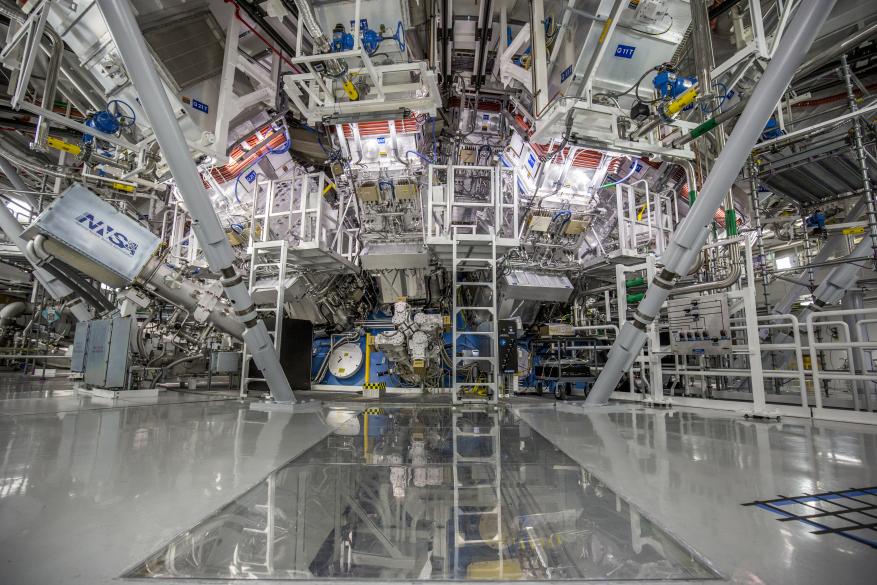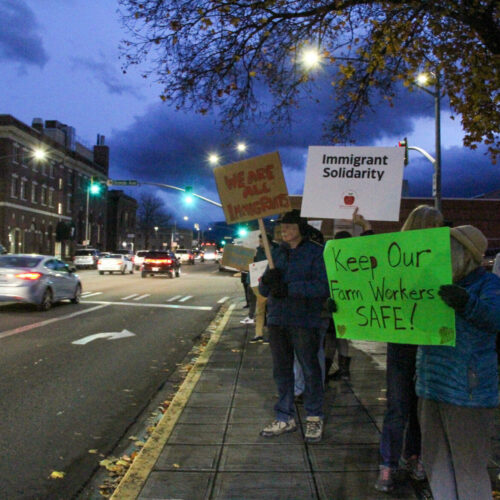
Fusion reactions: Not just for your time-traveling DeLorean
Listen
(Runtime 1:18)
Read
After sixty years of research, researchers finally achieved a scientific milestone through a fusion reaction in California. On December 5, scientists at Lawrence Livermore National Laboratory (LLNL) made history when their fusion reaction produced more energy than was used to create the reaction.
Lou Terminello spent 18 years at LLNL and spoke to NWPB about what fusion power — considered the ultimate prize by many scientists — could become in the future.

Louis J. Terminello, Ph.D.
Associate Laboratory Director
Physical and Computational Sciences Directorate
Pacific Northwest National Laboratory (Credit: PNNL)
“Fusion is when you take two atoms, and you merge them into a single atom,” he explained.
Now Terminello is the Associate Lab Director for Physical and Computational Sciences at the Pacific Northwest National Laboratory. He says normally, power is created by breaking apart molecules, like when your car burns gasoline.
“Fusion is a very different process that is a much, much higher energy, much higher temperature, much higher pressure,” said Terminello. “A process of squeezing together two different atoms so that they merge into one.”
Terminello said fusion is nearly limitless clean energy because fusion produces energy the same way stars produce energy.
“And that’s what the December 5th experiment really showed,” he said, “is that you can actually create a star-like condition of producing more energy than what you put in.”
Terminello said many labs around the world, including PNNL, are working on using fusion as an energy source … but companies are probably decades away from making fusion commercially-viable.















